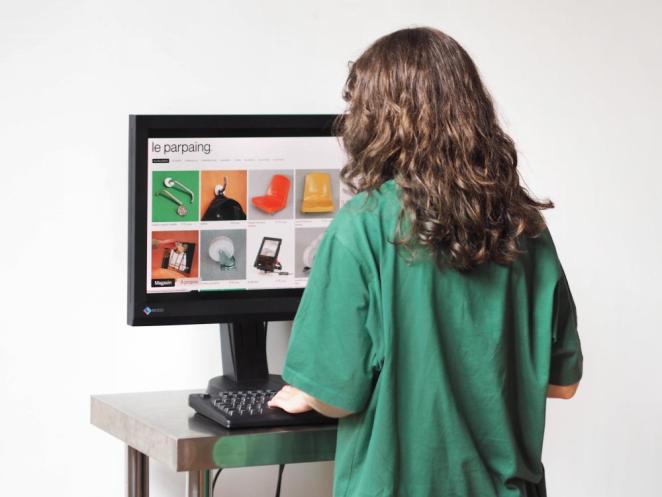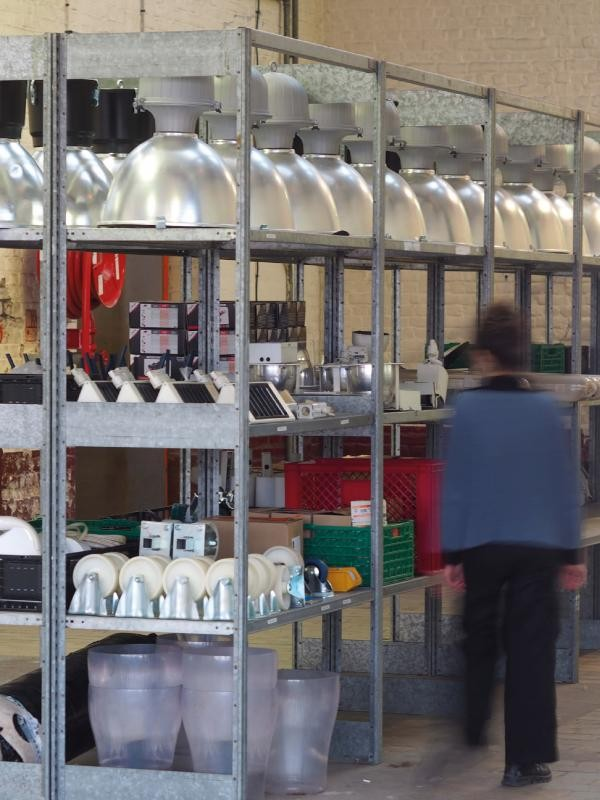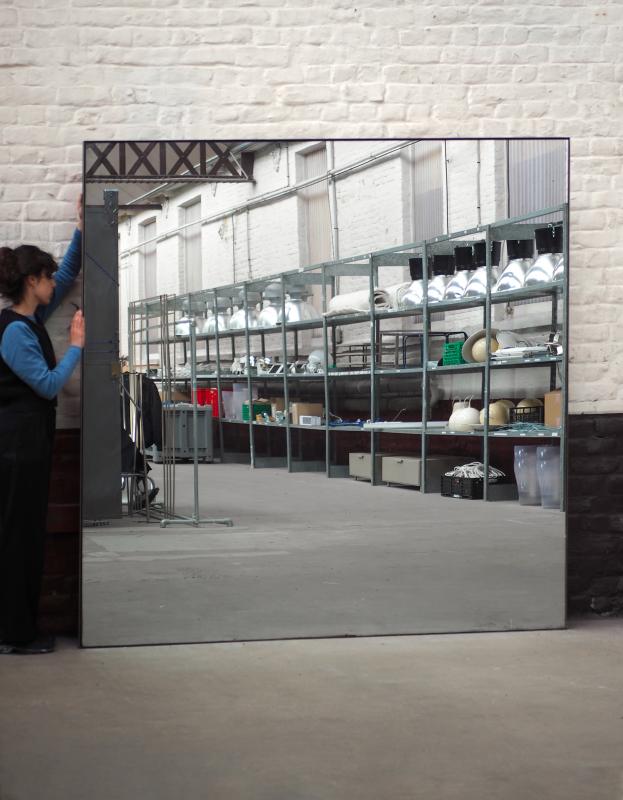On 19th March, at CTB’s most recent online partner meeting, the consortium learned more about the regional characteristics, challenges and approach to circularity in northern France from ENSAPL (School of Architecure and Landscape in Lille). Expanding on this the group was introduced to more exciting initiatives, such as 'Savoir & Faire".

Revolutionizing reuse in construction
CTB’s French partners from ENSAPL shared a detailed presentation of the historical, geographical and cultural aspects influencing the development of the region. Romain Brière - an architect and educator at Lille University - presented “Savoir & Faire” which is about innovating the reuse of building materials from professional Training to Structuring a Mineral Sector
Romain is leading a pioneering initiative in sustainable architecture and construction through his nonprofit platform, ZERM. Focused on material reuse and skills exchange, ZERM is transforming the way construction projects approach sustainability, focusing on refurbishing and circular practices.
Since its launch in 2017, ZERM has served as a vital player in the circular economy, facilitating the reuse of building materials and promoting collaboration among architects, designers, craftsmen, and other industry professionals.

Collecting, refurbishing, and reselling
One of ZERM’s standout projects is Le Parpaing, a reuse store in Roubaix, dedicated to collecting, refurbishing, and reselling second-hand building materials. The store is open to a wide range of individuals involved in construction, from contractors to private individuals, and is supported by a web platform that simplifies the process of sourcing and using reclaimed materials.
Le Parpaing not only provides materials but also acts as a logistics interface, connecting demolition projects with reuse opportunities. This pivotal role in the construction cycle ensures that valuable resources are not wasted but rather returned to the market, contributing to sustainable building practices.

“Savoir & Faire” certification
In addition to the work in material reuse, ZERM is tackling key challenges in the field, such as selective demolition, and the legal aspects of reuse. Through internal experiments, they are developing training programs aimed at professionalizing the industry and raising awareness of the benefits of reclaiming materials. A major hurdle remains the lack of knowledge among tradespeople and the marginal status of material reuse in the industry. Despite this, ZERM is determined to push forward, targeting an ambitious goal to reach 4% reuse of materials by 2027.
To help bridge the knowledge gap, ZERM is launching “Savoir & Faire”, a pilot program aimed at certifying reuse skills and reintegrating these skills into future-oriented jobs. The goal is to create a robust certification system that ensures craftsmen are equipped to work with reclaimed materials, fostering a shift toward frugal resource management.

Looking ahead: Expanding the Impact
Through this initiative, ZERM hopes to professionalize the reuse process, ensuring that materials are captured, processed, and reintroduced to the market in a systematic and efficient way. The focus is initially on mineral resources, with plans to establish a reference center for these materials, setting a standard for quality and reusability in the construction industry.
While ZERM has received strong local support, Romain Brière and his team are eager to expand their impact, seeking international partnerships to take the reuse movement beyond national borders. The hope is that this approach, with its focus on training, certification, and resource management, will help redefine how the global construction industry views and practices reuse.
With “Savoir & Faire” and its commitment to sustainable, circular construction, ZERM is making a significant contribution to the future of architecture and urban development.
